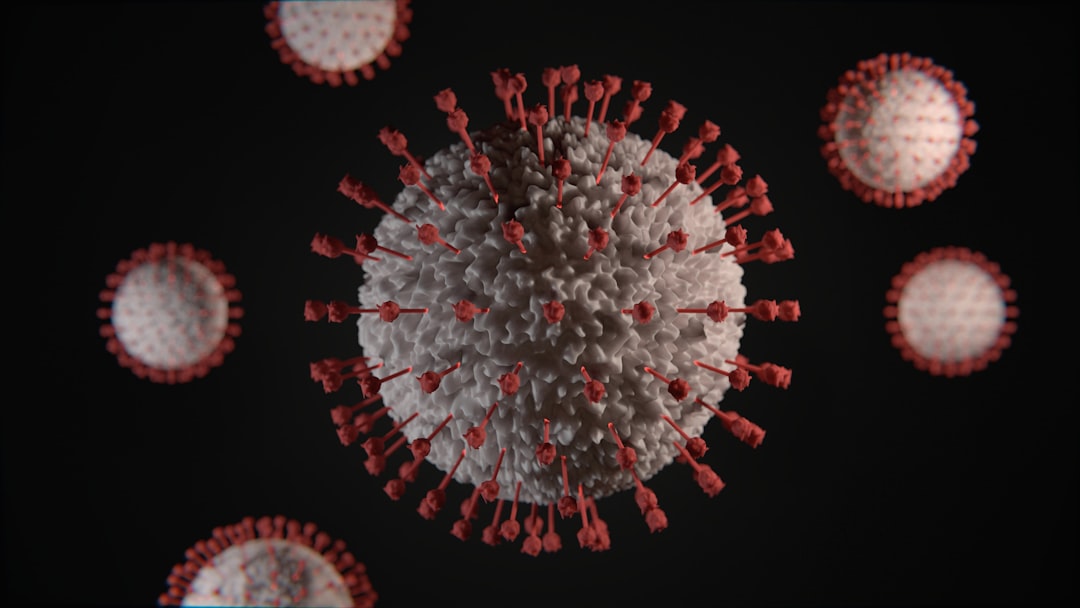What is it about?
Secondary infection is among the most common complications that may occur after an ophidian accident. The associated microorganisms are those found in the oral cavity of snakes, with the bacteria Morganella Morganii being described with the highest prevalence. In the oral cavity of snakes, bacteria are protected and can develop resistance to the most common antibiotics used in clinical practice. Our study aimed to study cases of secondary infection after snakebites in a specialized service in Midwest Brazil. The investigation of which bacteria caused the infection was carried out in some cases, and only the bacteria Aeromonas hydrophila was isolated, with resistance to the antibiotic most commonly used in the service, which was Amoxicillin with Clavulanate. This led us to discuss the best therapeutic approach for this germ and also for ophidian accidents that complicate with secondary infection in general
Featured Image

Photo by Meg Jerrard on Unsplash
Why is it important?
Secondary infections, like other types of community-acquired infections related to snakebites, have also changed in recent decades, revealing different bacterial species and more restricted therapeutic possibilities. This study corroborates this assertion by showing the occurrence of A. hydrophila with a different sensitivity profile.
Perspectives
The antimicrobial susceptibility surveillance of each region is necessary for a better choice of antibiotic therapy in snakebite cases, in addition to avoiding delays between the bite event and the administration of the antivenom through its wide distribution.
João Victor Soares Coriolano Coutinho
Instituto de Patologia Tropical e Saúde Pública da Universidade Federal de Goiás
Read the Original
This page is a summary of: Epidemiology of secondary infection after snakebites in center-west Brazil, PLoS Neglected Tropical Diseases, March 2023, PLOS,
DOI: 10.1371/journal.pntd.0011167.
You can read the full text:
Contributors
The following have contributed to this page










